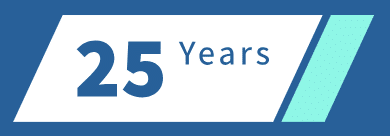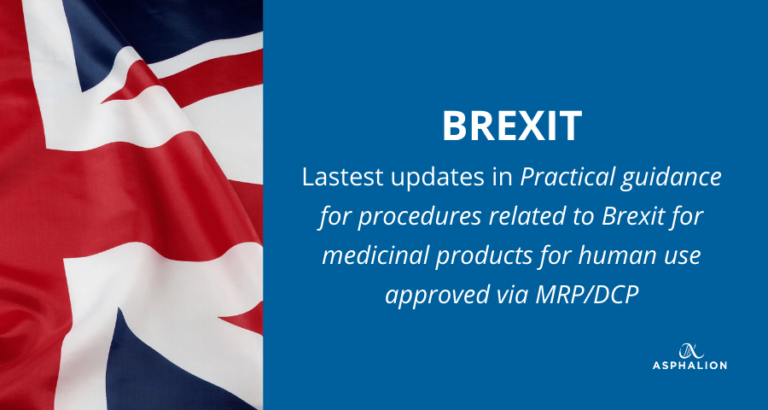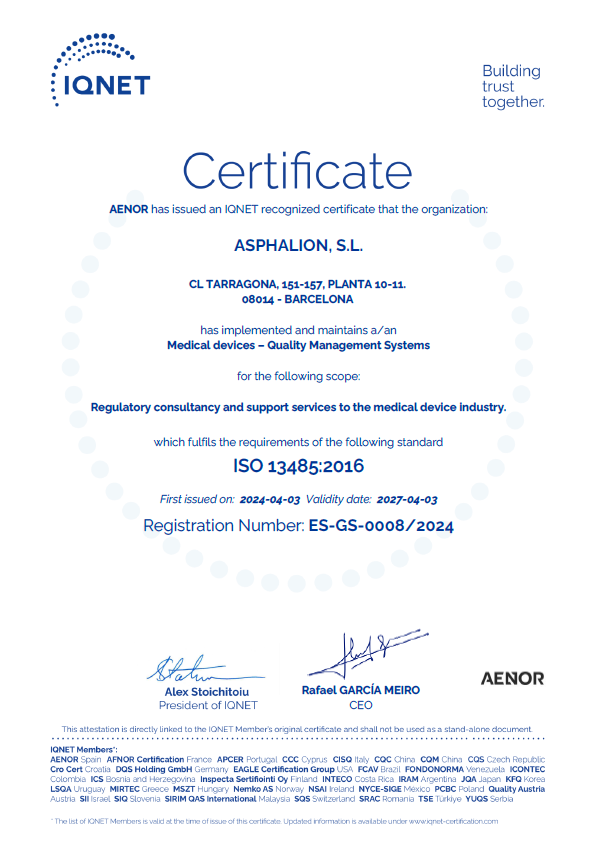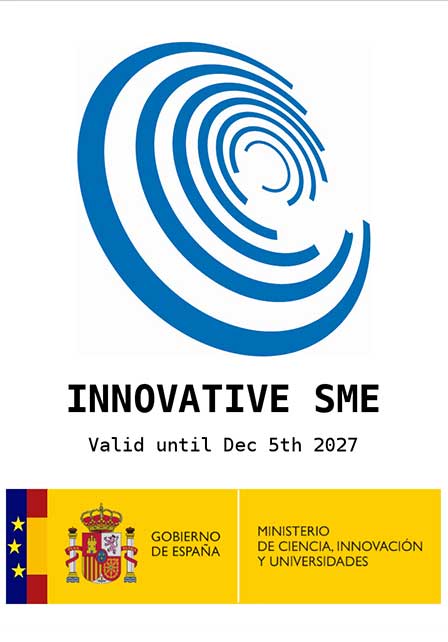That day can be marked as a milestone achieve in the world of the
pharmacovigilance, as well as it was the implementation of the new legislation
on 2012, and the beginning of a challenging year for all the stakeholders
involved in pharmacovigilance activities.
The new system
enhanced new features for the improvement of the reporting and the analysis of
suspected adverse reactions as were the implementation of the E2B (R3) format,
the simplified reporting to Eudravigilance, the re-routing of ICSRs to Member
States and the EVDAS system. Alongside with these new characteristics, the
submission of non-serious cases in 90 days started to be mandatory from that
day.
These facts had
meant an increase of up four times more in resources and workload for MAHs and
NCAs due to the large increase in the number of cases downloaded from EVWEB and
the start of the pilot phase of signal detection for drugs under additional
monitoring in EVDAS. These changes had forced pharmaceutical companies to
rethink the resources allocated to these activities and the procedures for
carrying them out.
In Asphalion, since
22nd November of last year, we have implemented new processes and
tools in order to make smoother the implementation of the new system.
After one year of the implementation of the new
Eudravigilance environment, are you confident with the procedures you
stablished for the new activities since 22nd November?
Do you have
all the tools and strategies to reduce the workload as much as possible?
Our experts in the Pharmacovigilance unit can support you with the management of the ICSRs
downloaded from Eudravigilance and the implementation of the EVDAS system in
your procedures.
If
you have any question, don’t hesitate to contact us at: [email protected]
